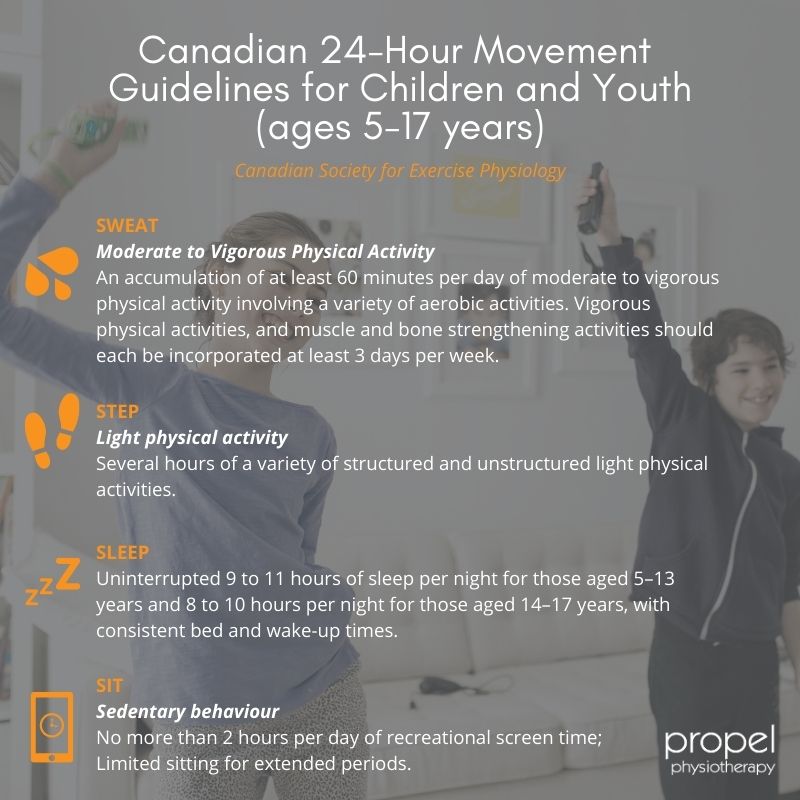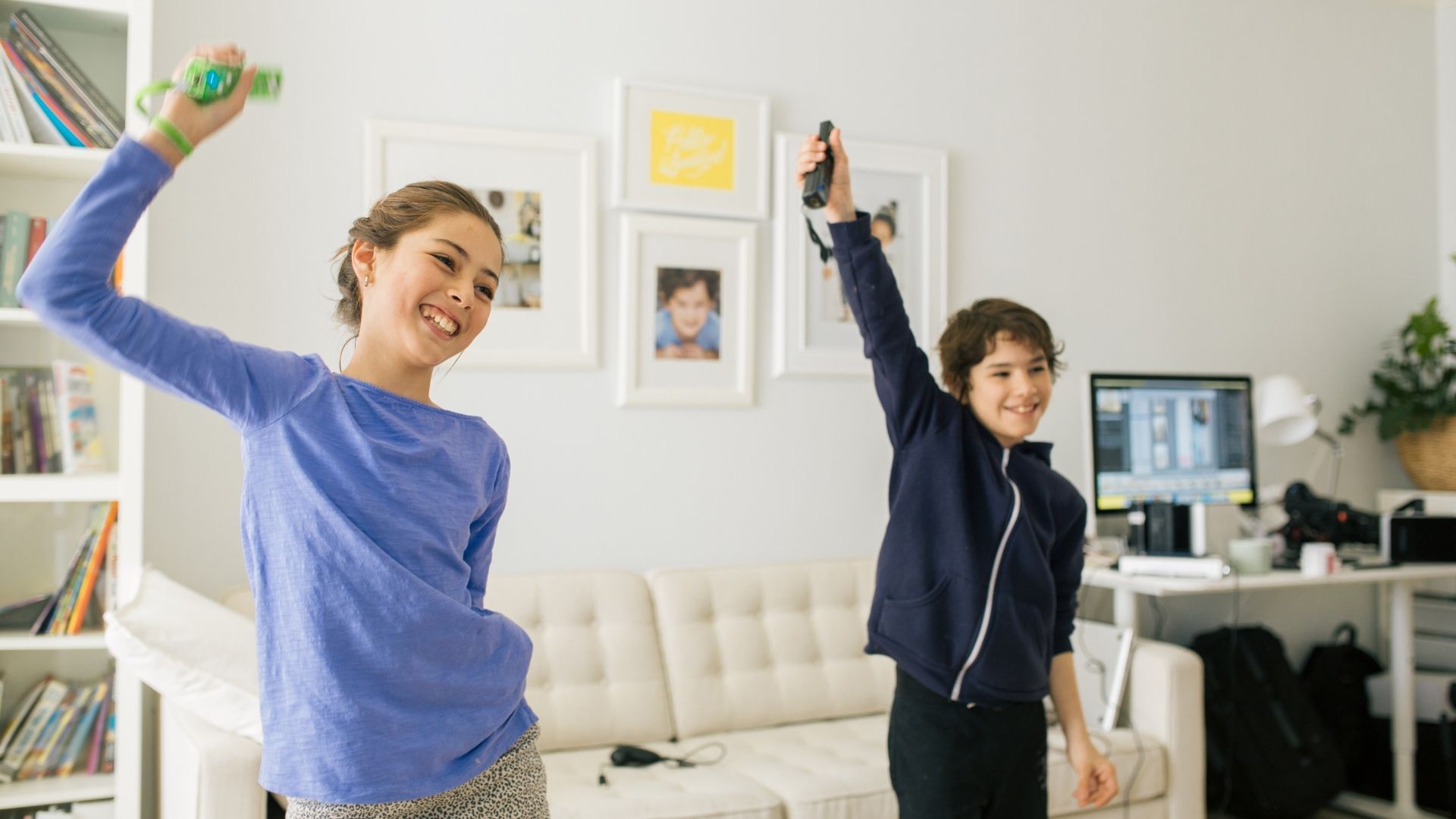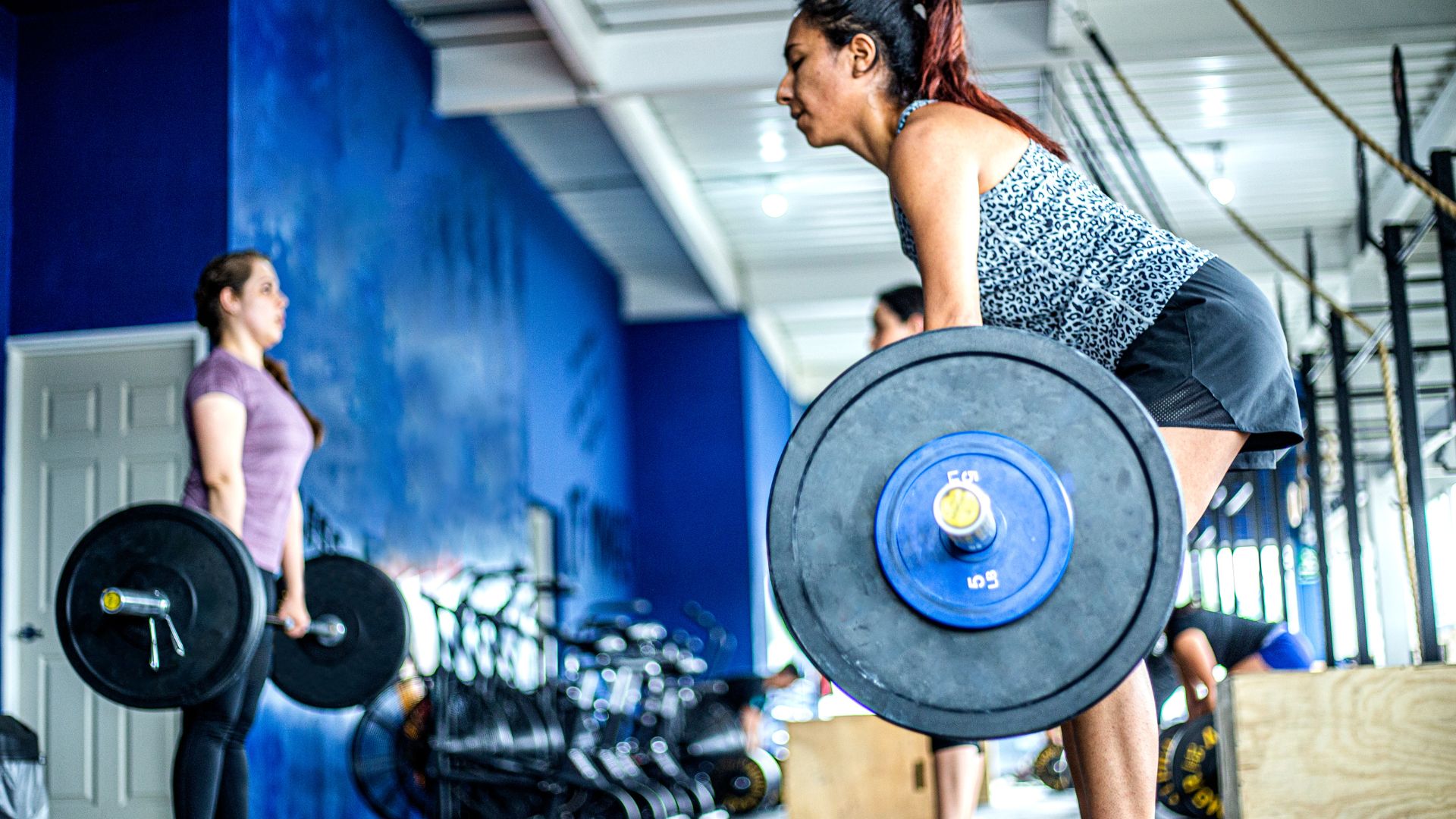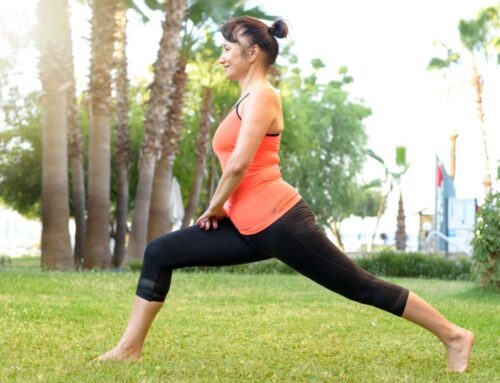For many parents, it has been a challenge to balance work, kids and the stresses that have changed our usual way of living. With colder weather compounding lockdown restrictions in some urban areas, getting kids active and outdoors is just one of the many challenges. Social distancing, closure of recreational facilities and limited number of outdoor gatherings have made it difficult to get and keep kids active.
Research has overwhelmingly indicated that children and adolescents who engaged in increased levels of physical activities had better physical and mental health and psychosocial well-being than those in an inactive lifestyle.[i]
As a physiotherapist and a mother, I understand the struggle of getting kids off screens while still balancing work and household responsibilities. Although the initial change may be difficult for kids and parents, the benefits of getting kids more active are long lasting and worth the effort!
In this article, I discuss the benefits of physical activity for kids in more detail, exactly how much exercise kids should be getting in order to reap these benefits as well as provide some strategies on how to get and keep kids moving during a pandemic.
The Benefits of Physical Activity for Kids
The current state of schooling and pandemic restriction has led to challenges getting kids more active. The benefits of physical activity are undeniable and vitally important. From a physical perspective, kids who exercise regularly develop:
- greater cardiovascular fitness, strength, flexibility, bone density
- reduced risk of chronic diseases such as diabetes, hypertension and other health problems
- lesson their likelihood of tobacco, alcohol and drug use[ii]
A systematic review of physical activity in kids also found that the areas of attention, thinking, learning, language and memory were all positively influenced by physical activity.[iii] Small bouts of exercise prior to sitting down in front of the computer can have huge dividends in the long run.
You may also enjoy reading: The Benefits of Regular Exercise
Physical Activity Guidelines for Kids

The Canadian Society of Exercise Physiology recommends for kids 5-17 years of age:
- At least an accumulation of 60 minutes a day of moderate to vigorous physical activity a day
- Several hours of light structured and unstructured physical activity
- 9-11 hours of sleep per night
- No more than 2 hours per day of screen time[iv]
Approximately 3 out of 5 children and youth aged 5 to 17 don’t meet the recommended physical activity target of 60 minutes of MVPA per day.[v] Research has even shown that the decline in physical activity levels begins as early as 7 years of age. [vi] This decline may be due to increased use of technology, decrease in active commuting, increases in obesity, decreased participation in sport activities and decreased access to recreational/leisure centres.
How to Keep Kids Physically Active During Pandemic Lockdown
The pandemic has made limiting screen time and keeping kids active increasingly difficult. Here are some strategies on how to keep kids physically active.
- Family Activities – Kids will be more motivated if the whole family participates. Family walks, ice skating, sledding and dance parties are just some ideas to stay active.
- Make it a Challenge – Kids are inspired and motivated when challenged. There are many great YouTube videos on different physical activity challenges to help with strength, balance and fitness.
- Online classes – Take advantage of the huge number of online classes and instructional videos out there to help keep kids active. Remember with kids to keep it short and make it meaningful and enjoyable to them.
- Outdoor adventures – For younger kids, try an outdoor scavenger hunt (don’t worry – there’s plenty of online clues so you don’t have to worry about getting creative) or geocaching with older kids. Also try exploring new parks and green spaces in your own area.
- Get creative at home – Even short bouts of activity are meaningful! Try using an activity dice or activity cards (i.e. hearts = 10 squats) to bring activity into recess or lunch breaks.
You may also enjoy reading: How To Meet WHO Guidelines on Physical Activity
At Propel Physiotherapy we have experienced and knowledgeable exercise specialists who can problem solve with you to keep your family active and healthy. Come see how our therapists can help you develop goals, keep you motivated and maximize your physical potential.
References
[i] Wu XY, Han LH, Zhang JH, Luo S, Hu JW, Sun K. The influence of physical activity, sedentary behavior on health-related quality of life among the general population of children and adolescents: A systematic review. PLoS One. 2017;12(11):e0187668. Published 2017 Nov 9. doi:10.1371/journal.pone.0187668
[ii] Children and physical activity, Government of Canada
[iii] Bidzan-Bluma I, Lipowska M. Physical Activity and Cognitive Functioning of Children: A Systematic Review. Int J Environ Res Public Health. 2018;15(4):800. Published 2018 Apr 19. doi:10.3390/ijerph15040800
[iv] Canadian 24-Hour Movement Guidelines for Children and Youth (ages 5-17 years): An Integration of Physical Activity, Sedentary Behaviour and Sleep, CSEP
[v] Physical activity and screen time among Canadian children and youth, 2016 and 2017, Statistics Canada
[vi] Farooq MA, Parkinson KN, Adamson AJ, et alTiming of the decline in physical activity in childhood and adolescence: Gateshead Millennium Cohort StudyBritish Journal of Sports Medicine 2018;52:1002-1006.
Written by

















